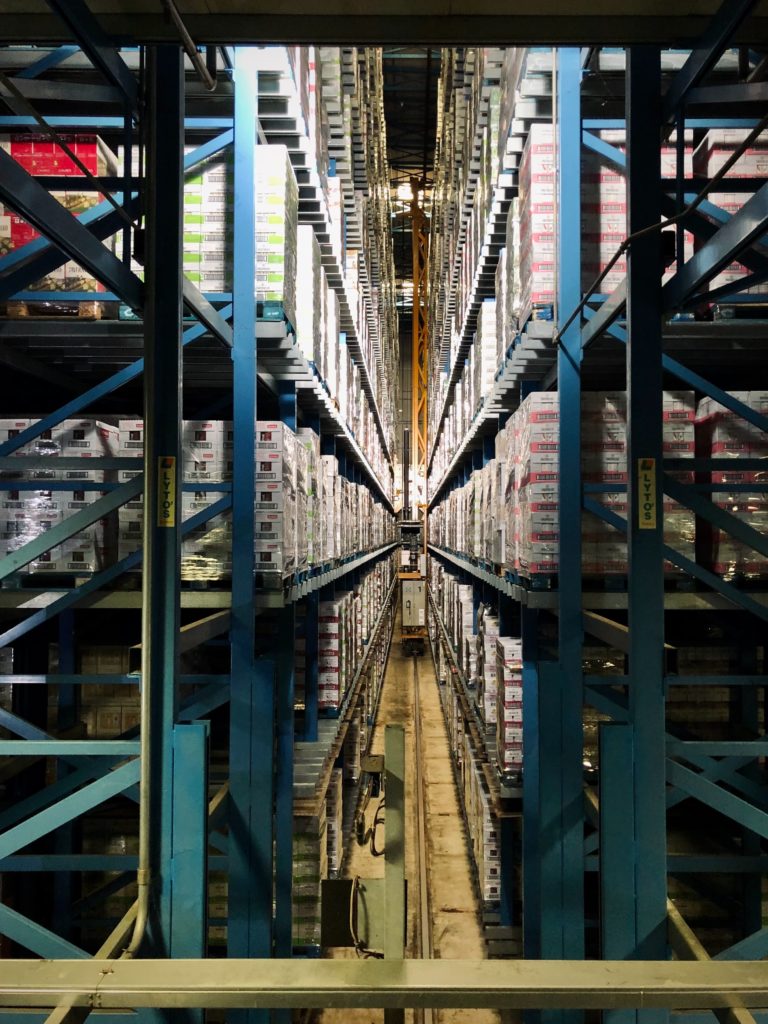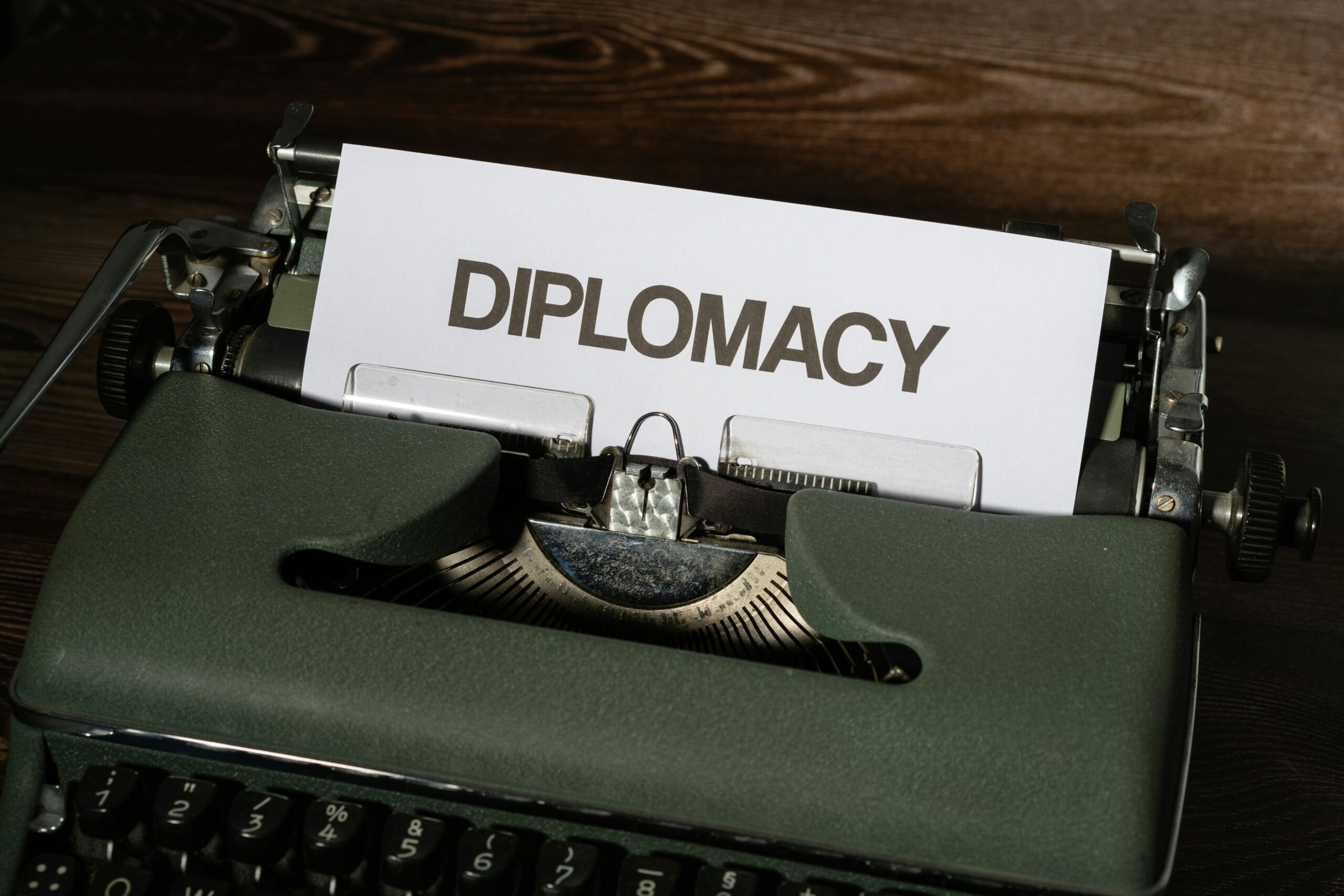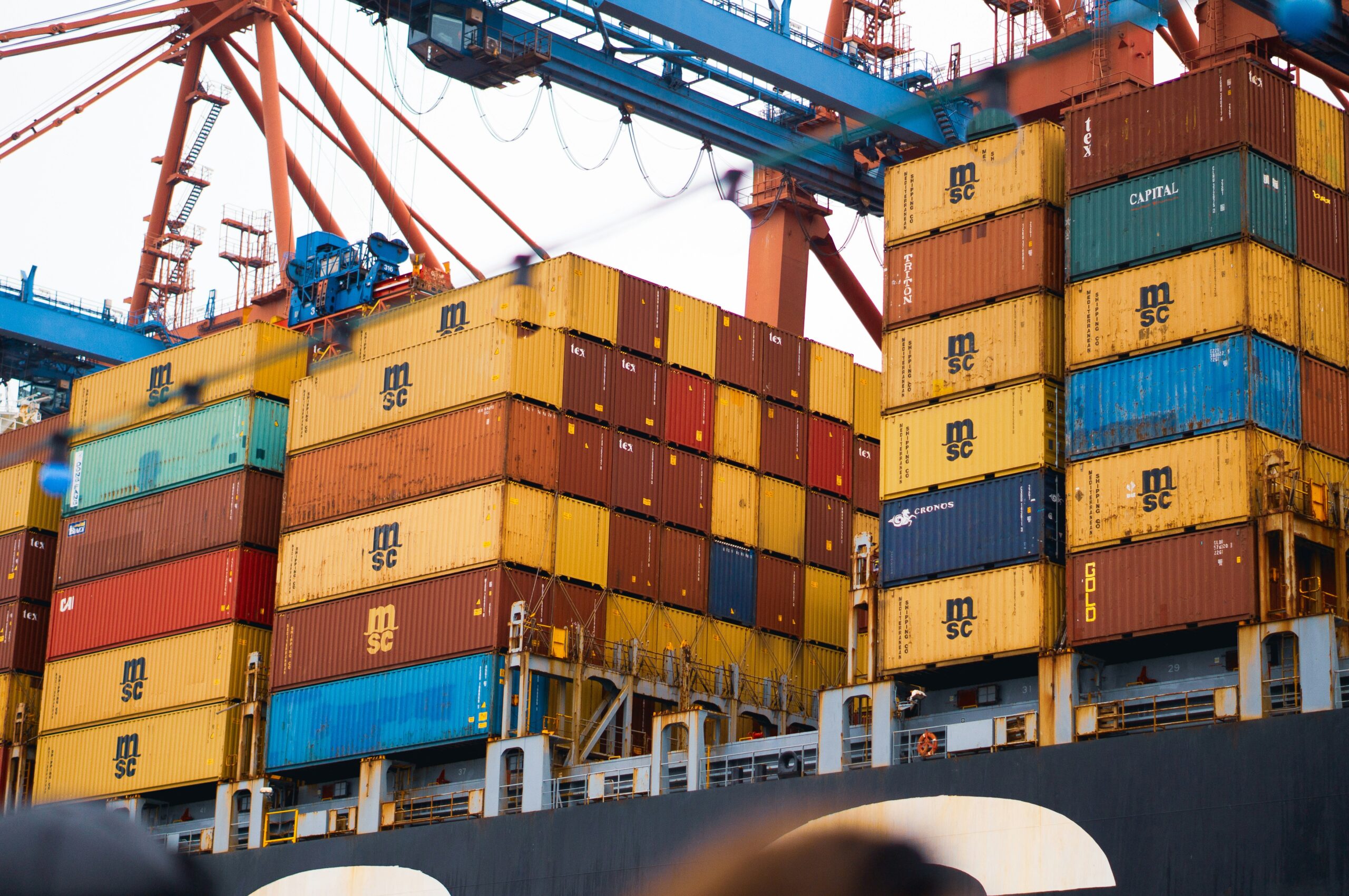An international agreement that is overseen by the World Trade Organization is the Agreement on Technical Barriers to Trade or the TBT Agreement. It was renegotiated at the Uruguay Round of the General Agreement on Tariffs and Trade, and it became enforceable in its current version at the start of 1995 with the founding of the World Trade Organization. It applies to all WTO members. The Standards Code, which was ratified by 32 GATT contracting states after the Tokyo Round of Trade Negotiations (1979), is recognized as its multilateral successor.

Purpose
The purpose of the TBT is to prevent unneeded trade barriers from being created by technical rules, standards, testing, and certification processes. The Agreement strives to ensure that certain technical requirements and specifications for imported items from a member nation do not obstruct commerce between the exporting and importing countries unnecessarily. While recognizing that member nations must implement specific rules and policies to protect both human health and safety and the environment, the agreement forbids technical constraints designed to restrict commerce. However, it also encourages the use of international standards while recognizing the rights of all WTO members to preserve their legitimate interests in accordance with their respective regulatory autonomy. The TBT defines guidelines and norms for the creation, adoption, and implementation of required technical regulations, voluntary product standards, and the processes (such as testing or certification) used to assess whether a specific product complies with such standards or regulations. The essential tenets of non-discrimination, promoting predictability in market access and technical assistance (TA), and providing special and differential (S&D) treatment for developing member nations are all shared by the TBT Agreement.
Sections of the TBT agreement
There are five sections to the TBT Agreement. All products, including industrial and agricultural ones, are covered by the Agreement’s first section, but sanitary and phytosanitary procedures are excluded. The obligations and guiding principles for technical rules are outlined in the second section. The final section discusses compliance and conformity evaluations. The fourth section covers information and help, including the requirement that nations aid one another in the creation of technical regulations. The fifth and final section lays out the dispute resolution processes and establishes the Committee on Technical Barriers to Trade.
Technical regulations and standards
The following are generally referred to as technical trade barriers: obligatory product regulations, optional product standards, and conformity assessment processes. Technical regulations are mandatory government-imposed measures, whereas standards are voluntary. The Agreement distinguishes between these two types of measures. Both phrases are considered to refer to actions taken in light of:
- features of the product;
- processes and production techniques linked to product features;
- vocabulary, symbols, packaging, marking, and labeling as they relate to a given product, procedure, or production technique.
The Agreement states that technical laws and standards shall, if practical, be specified in terms of performance as opposed to design or defining features.
Procedures for conformity assessment
The process of determining whether a product complies with a technical law or standard is known as conformity assessment. According to the TBT Agreement, conformity evaluation comprises:
- a laboratory’s examination of a method, product, or service
- a product, method, or service’s conformance to specific regulatory standards having been certified by a certification organization
- evaluation of a manufacturer’s quality management system by a reputable registrar for quality assurance or
- accreditation processes for the organizations that carry out the aforementioned functions
- statement of compliance from the provider.
The preparation, adoption, and use of conformity assessment procedures must be done without discrimination. To achieve this, goods made in the nations of other Members’ territories must receive both national treatment and most-favorable national treatment.
Benefits of the TBT agreement
Before their adoption, new technical laws and conformity assessment methods proposed by foreign nations are made known to TBT Agreement parties and economic operators. To ensure that their goods and services conform with these restrictions, businesses in a country can use the notification process as a source of information about the market access requirements in other nations. Additionally, they can speak with the notifying nation about the planned steps. This discussion may lead to the notified measure being changed or even withdrawn by the country proposing.
Nondiscrimination
According to the Agreement, WTO Member countries must make sure that imports from other WTO nations receive national treatment and most-favorable nation (MFN) treatment. National treatment is defined as treatment that is no less favorable than that given to comparable products of the same national origin. MFN is defined as treatment that is not less advantageous than that given to comparable products of any other national origin.



